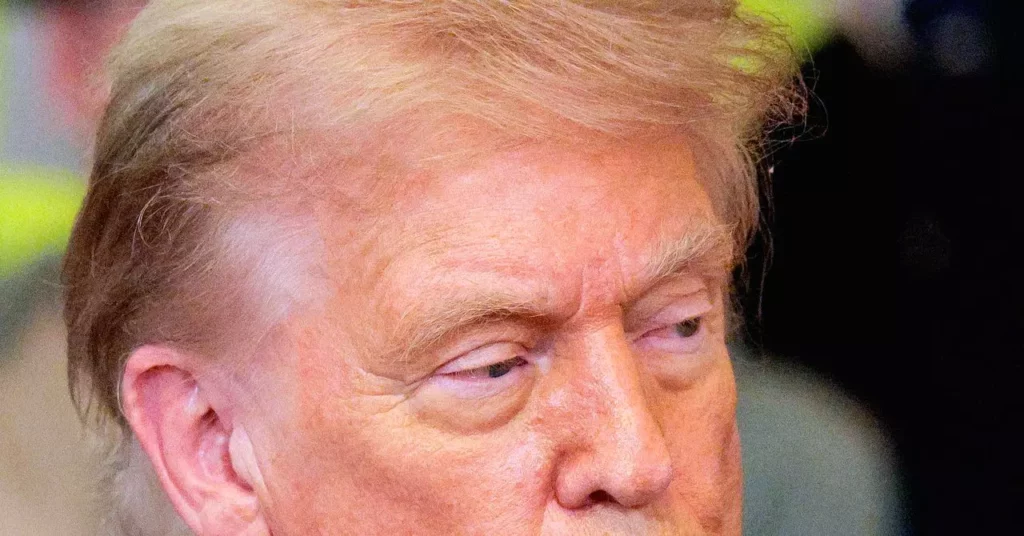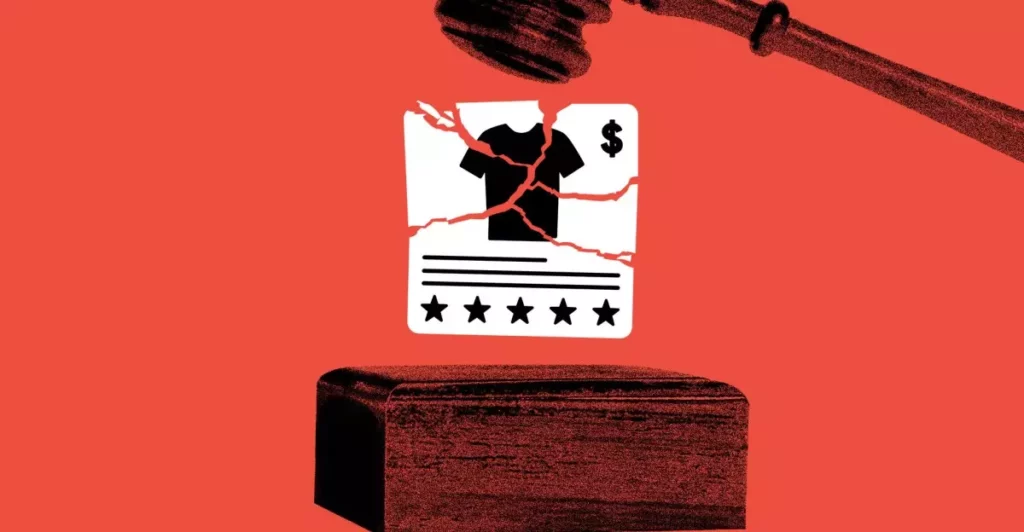The heated contest surrounding the proposed AI moratorium clause reveals a critical flaw in how lawmakers approach technology regulation: an overreliance on sweeping pauses that pretend to balance innovation and consumer protection but fall short on both counts. President Trump’s so-called “Big Beautiful Bill” sought to impose a decade-long freeze on state regulations of AI, a move hailed by some tech insiders as an elegant solution to prevent a fragmented legal landscape. Yet, this premise glosses over a fundamental issue—innovation cannot thrive in legislative vacuums that ignore real consumer risks. More importantly, consumers do not exist in a vacuum where their rights are sidelined for corporate convenience. The ten-year freeze, even when cut down to five years, remains a blunt instrument that overly prioritizes corporate interests, offering little real security to citizens facing AI’s rapid encroachment into everyday life.
Dismantling the Genuine Safeguards
Senators Blackburn and Cruz’s attempt to defuse backlash—by trimming the moratorium and inserting exemptions for child protection and deceptive practices—might appear conciliatory but instead exemplify regulatory legerdemain. These carve-outs are undermined by the inserted “undue or disproportionate burden” language, a phrase so vague it effectively neuters the protections it purportedly creates. This ambiguous caveat is a corporate loophole masquerading as consumer protection, empowering companies to challenge any state law that impacts their bottom line under the guise of “excessive compliance costs.” In practical terms, this means states are hamstrung, left with little practical authority to enforce meaningful AI oversight. Such legislative sleight of hand betrays a disturbing alignment with powerful economic actors rather than genuine public interest. Senator Maria Cantwell’s detection of the moratorium as a “brand-new shield” is painfully accurate: legislation is being crafted not to regulate AI responsibly but to give corporations carte blanche.
The Political Theatre Behind the Moratorium
Watching Senator Blackburn’s oscillating stance on the moratorium highlights an often-ignored reality in contemporary governance: politicians are navigating a minefield of conflicting pressures, often sacrificing principled policymaking for local economic interests or political expediency. Her vocal support for the music industry’s fight against AI-driven deepfakes clashes directly with the broader agenda to curtail state-level regulations. This contradiction exposes the fractured nature of regulatory politics surrounding AI, where narrowly defined interests—whether sector-specific industries or ideological factions—undermine coherent strategy. When lawmakers cannot publicly reconcile such opposing priorities, trust in government quickly erodes. The moratorium debate is less about crafting sound AI policy and more about political theater, revealing how intractable AI governance will be when officials prioritize short-term political gains over durable, principled frameworks.
The False Binary of Innovation vs. Regulation
The polarized reactions—from unions wary of federal overreach to right-wing commentators decrying the moratorium as an enabler for Big Tech’s excesses—underscore a toxic framing that pits innovation and regulation as mutually exclusive. This binary ignores the historical fact that technological progress flourishes precisely when clear rules exist, providing companies with predictable boundaries rather than open-ended privileges. The real failure is that the moratorium, in trying to straddle these extremes, settles for vague compromises that satisfy no one. Genuine innovation requires a regulatory environment that is adaptive yet firm, encouraging responsible innovation, not a regulatory freeze that institutionalizes inertia and corporate dominance.
The Erosion of State Autonomy and the Risks to Vulnerable Populations
One of the most troubling elements of this legislative episode is the trend toward weakening state-level authority under the excuse of minimizing “undue burdens.” States, often on the frontlines of consumer protection and public safety, are the laboratories where tailored, community-specific regulations flourish. Eroding their power relinquishes vital oversight capacities at a time when AI technologies are becoming deeply embedded in sensitive arenas such as content moderation, privacy, and child protection. Associations focusing on online safety highlight an urgent reality: absent strong local or federal laws, marginalized communities, especially children, face elevated exposure to harms that AI amplifies. Federal attempts like the Kids Online Safety Act are steps in the right direction but insufficient when shackled by moratoriums shielding tech companies from accountability.
A Flawed Reflection of American Regulatory History
The AI moratorium saga mirrors old struggles in American regulatory history—whether railroads in the 19th century or pharmaceuticals in the 20th—where rapid technological change outpaces policymakers. However, AI’s unprecedented opacity, scale, and impact compel us to abandon half-measures and vague commitments to regulation. While past efforts were hampered by imperfect information and political inertia, the present moment demands farsighted, transparent solutions that resist capture by entrenched tech interests. The moratorium debate already exposes lawmakers’ reticence to confront AI’s twin promises and threats head-on. This hesitancy threatens to consign the United States to a laggard position globally, where innovation may proceed but without meaningful oversight that ensures societal trust and safety.
Why Nuance Must Trump Extremes in AI Governance
The crux of the AI debate lies neither in blind deregulation nor in immobilizing bans, but in a nuanced middle ground where innovation is nurtured alongside robust protections. The proposed moratorium’s failure is that it reflexively favors corporate profits under the cloak of “innovation,” neglecting that unchecked innovation frequently sows public distrust. A constructive pathway demands moving past vague moratoria and vague carve-outs toward unambiguous, enforceable standards that protect fundamental rights while enabling companies to innovate responsibly. Public engagement must increase, and bipartisan consensus forged on principles greater than narrow economic interests or ideological theatrics. Only then can AI’s immense promise be harnessed without baking in systemic risks that will demand more draconian interventions down the line.









Leave a Reply